macOS Big Sur is one of the latest operating systems of Apple that released at the recent WWDC Worldwide Developer Conference in 2020. Since macOS Big Sur released it has bundles of extra features than macOS Catalina & macOS Mojave. Therefore, this year one of the most reviewed operating systems is counted for the macOS Big Sur.
However, alongside macOS Big Sur, the latest version of Apple Mac is released in the market with Apple Silicon processor. Now Apple is using its Apple Silicon processor that pre-installed by macOS Big Sur on the MacBook Air, 13-inch, MacBook Pro, and Mac Mini. Overall, the new Mac version is pretty nice which can easily stable for macOS Big Sur.
Almost, you know that the M1 Mac Silicon process is crazy with having perfect battery life and best performance. But on the other hand, it should work perfectly with all Apps without any simple issue.
Entering the recovery mode on MacBook Air, Pro, Mac Mini with Apple M1 Silicon processor is completely changed by Apple. But on the other side, if you remember the older version of Mac is having the same process how to enter the recovery window. It might be complicated for you on MacBook Pro, Air, and Mac Mini on Silicon processor, but don’t worry you will sort out the way.
Using the recovery mode will help you out to Reinstall macOS, troubleshoot the operating system for fixing the bugs issues or any other critical problems. Whenever you are getting an error on your PC whether it should be macOS, Windows, or Linux it means that you have to reinstall the OS or troubleshoot for the error to fix that.
So, through this article, you will how to enter the recovery mode on macOS Big Sur on MacBook Pro, Air, & Mac Mini. On the other hand, you will learn the complete process on How to Erase factory reset Mac and Reinstall macOS Big Sur.
Erase factory reset Mac and Reinstall macOS Big Sur
If you remember that forcing a MacBook Pro, Air, and Mac Mini into recovery mode window that you have to repair the hard drive for fixing the issues. You can wipe your personal information on macOS or reinstall the macOS Big Sur on your Mac. That was pretty easy by pressing and holding the Command+R will bring up the Recovery mode window.
But this trick is no longer available on MacBook Pro, Air, and Mac Mini on macOS Big Sur, but the procedure is pretty much easy on Apple Silicon processor. For bringing up the recovery mode turn off your computer then press and hold up the power button. When the Apple logo appears, just press and hold up the power button to enter the recovery window. Keep pressing the power button for 5 seconds until the next startup option, then click on Options>Continue.
Factory Reset or Reinstall macOS Big Sur
If you are not using macOS Big Sur on MacBook Pro, Air, Mac Mini with Apple Silicon Processor, then you have to use the old way to enter the recovery mode. If you are running the macOS Big Sur navigate to the left-handed side of the screen and click on Apple Logo then click on Restart.
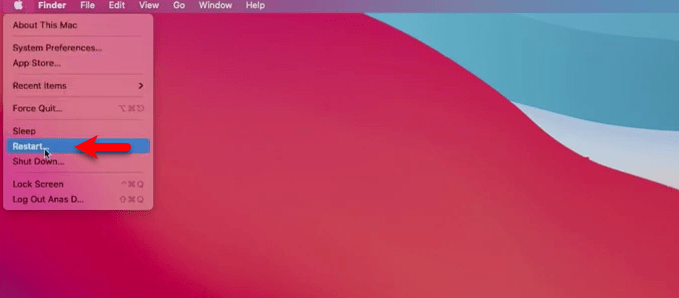
While your computer restarted press the Command+R key to enter the Recovery window.
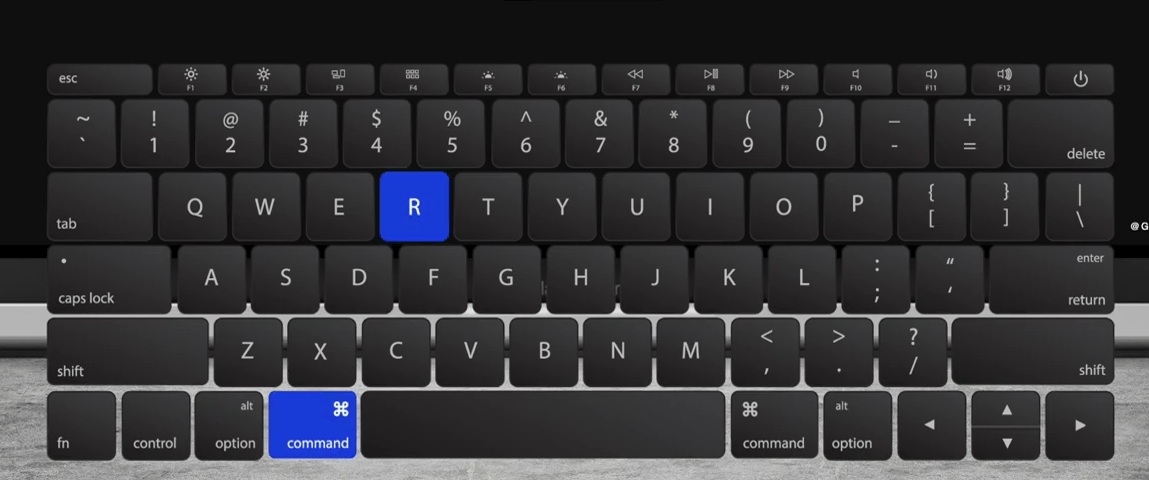
When the macOS recovery window opened select the user and click Next.
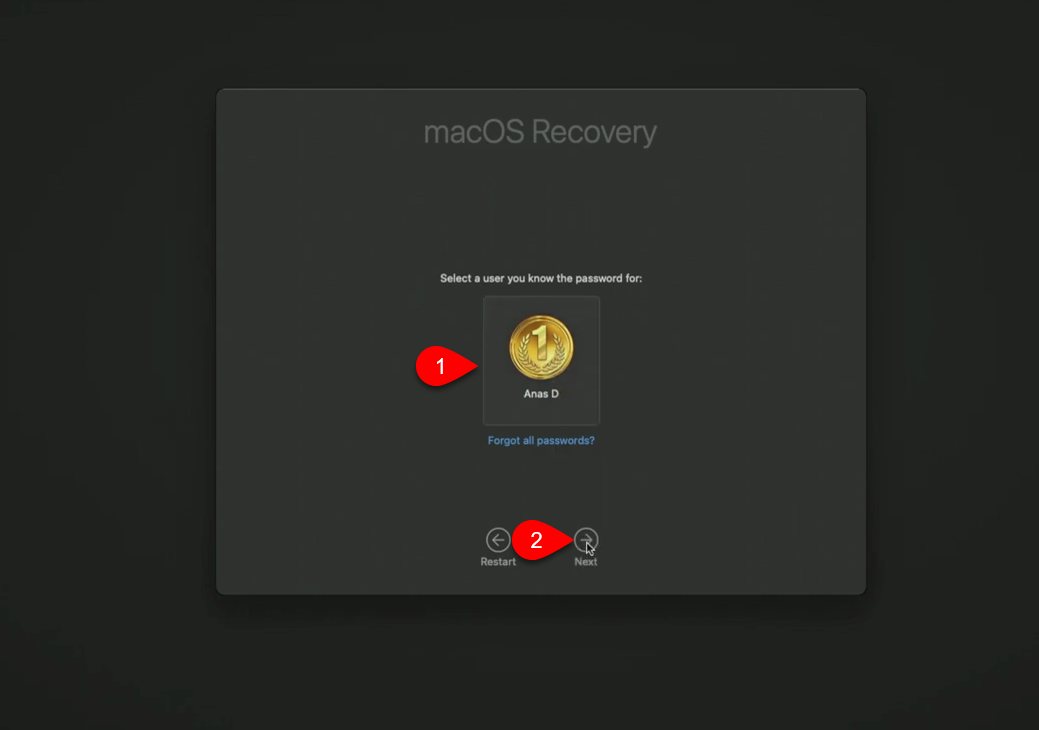
After clicking next another window will pop-up so enter the username password and click continue.
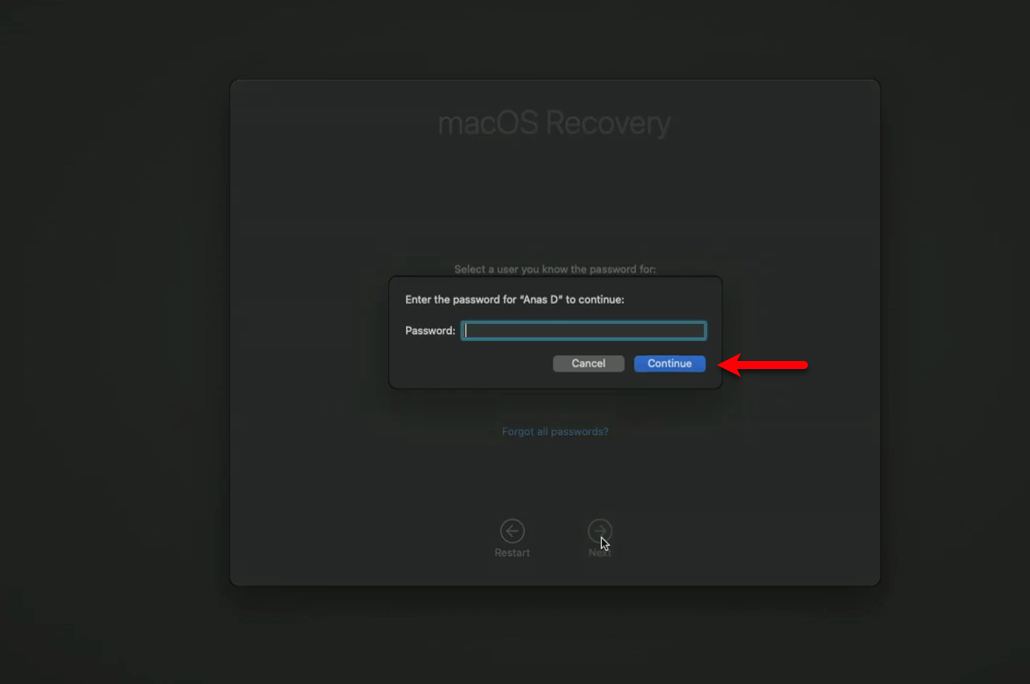
Now be sure that your computer is connected to WiFi, for checking click on the WiFi option and connect it.
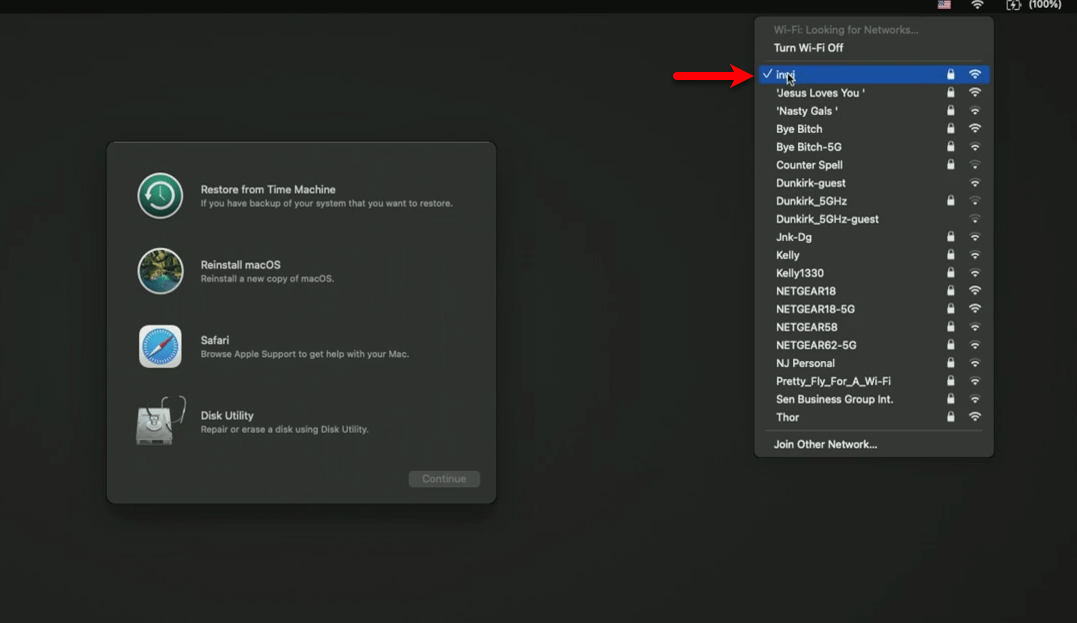
In here select Disk Utility and click continue.
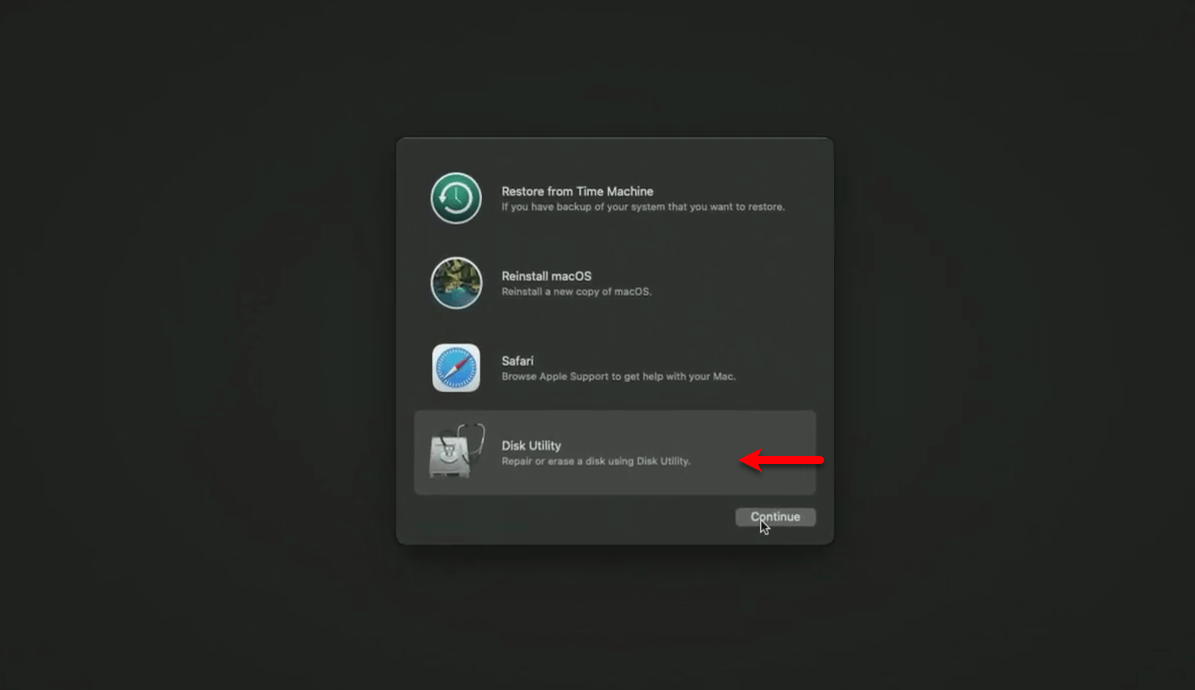
When the Disk Utility window opened from the left-handed window select your hard drive, then click on the “Erase” option. Erase the hard drive according to the below-down screenshot and click erase.
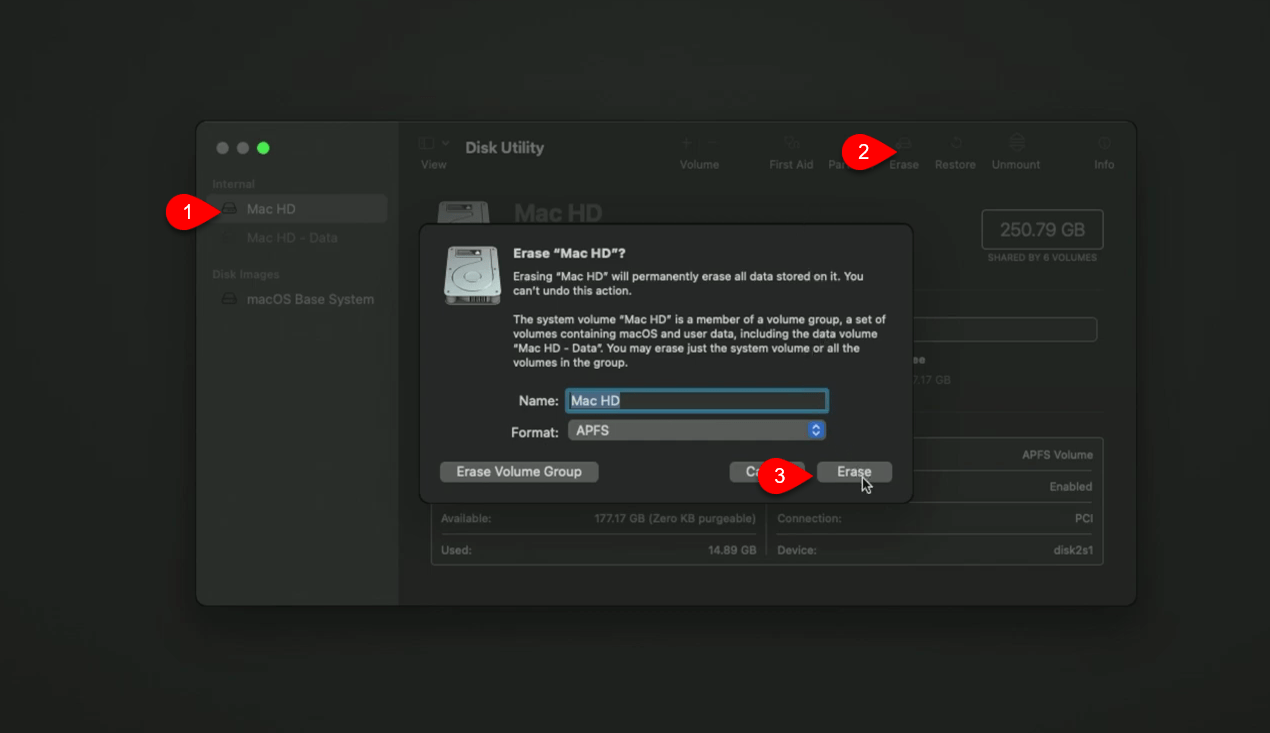
It might take some time to erase the disk so wait until it should erase the disk, when the disk erased click on Done and close Disk Utility.
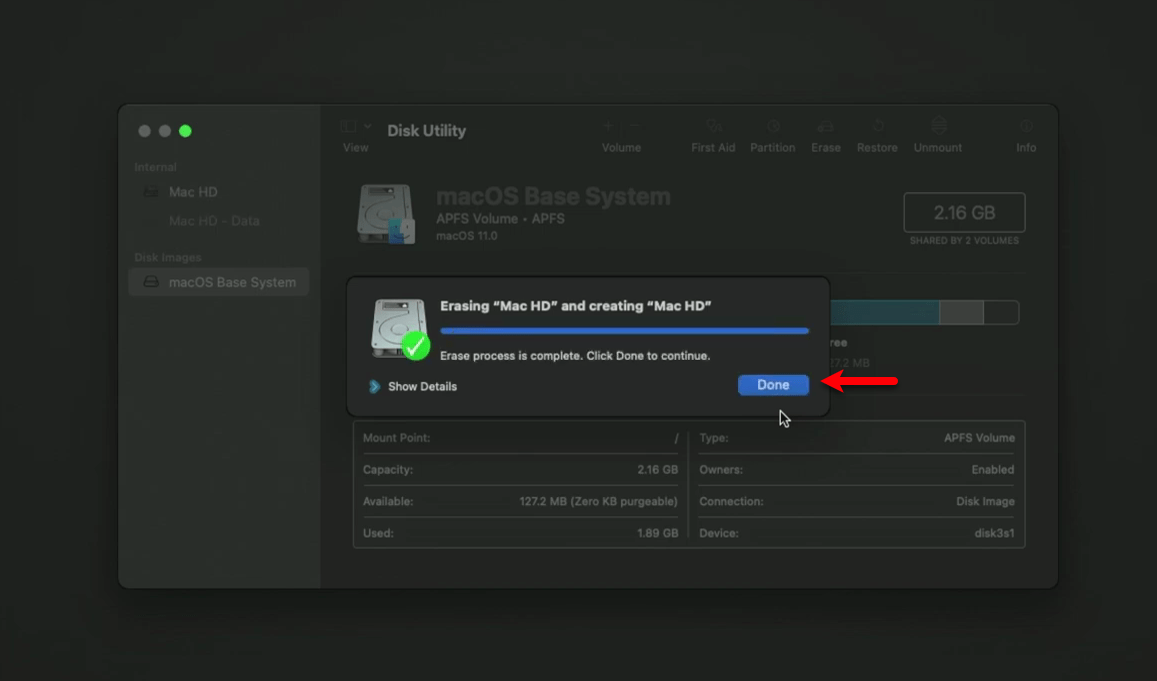
Now select the Reinstall option and click continue.
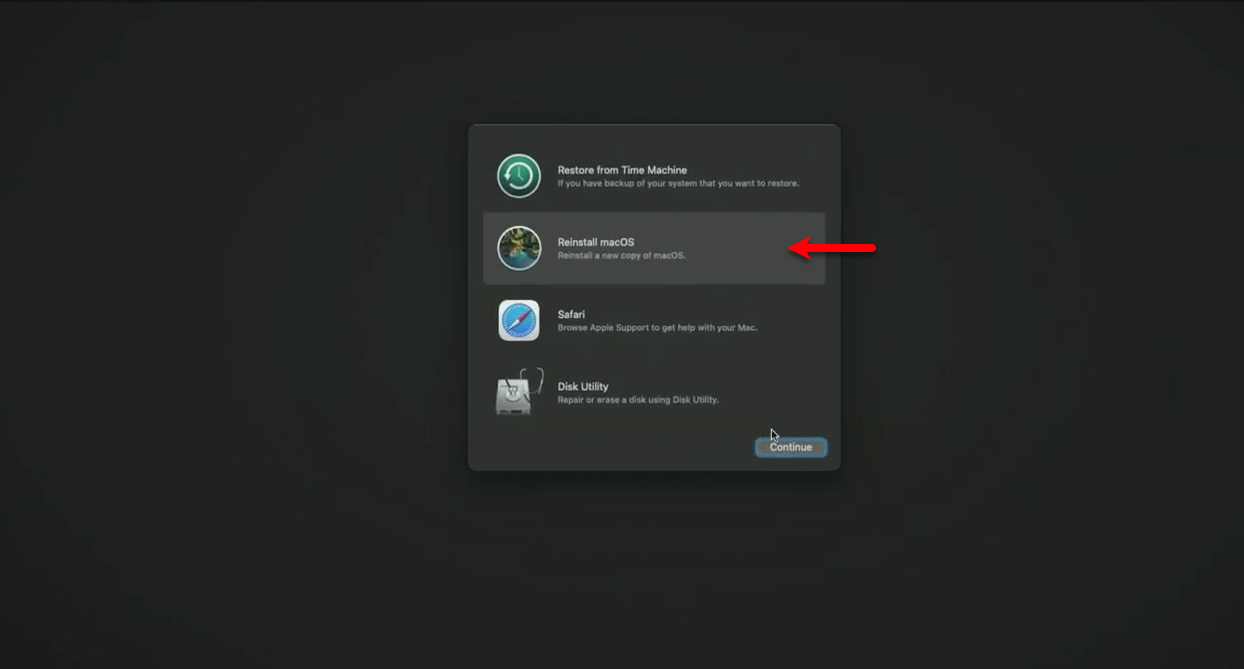
To set up the installation of macOS Big Sur click continue.
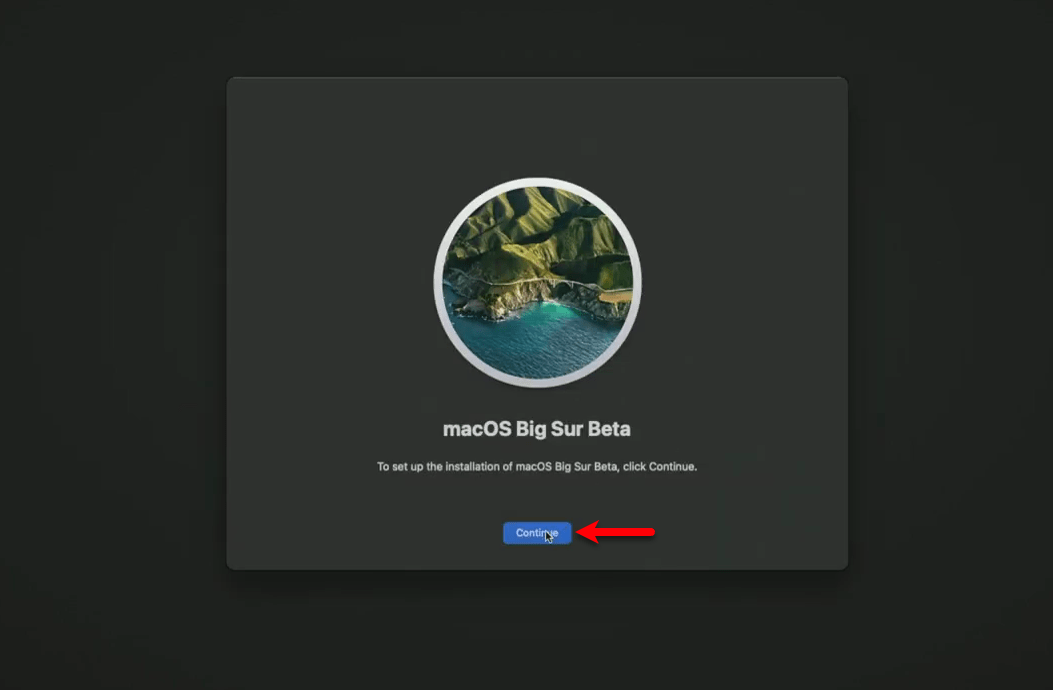
Agree with the terms and conditions of macOS Big Sur.
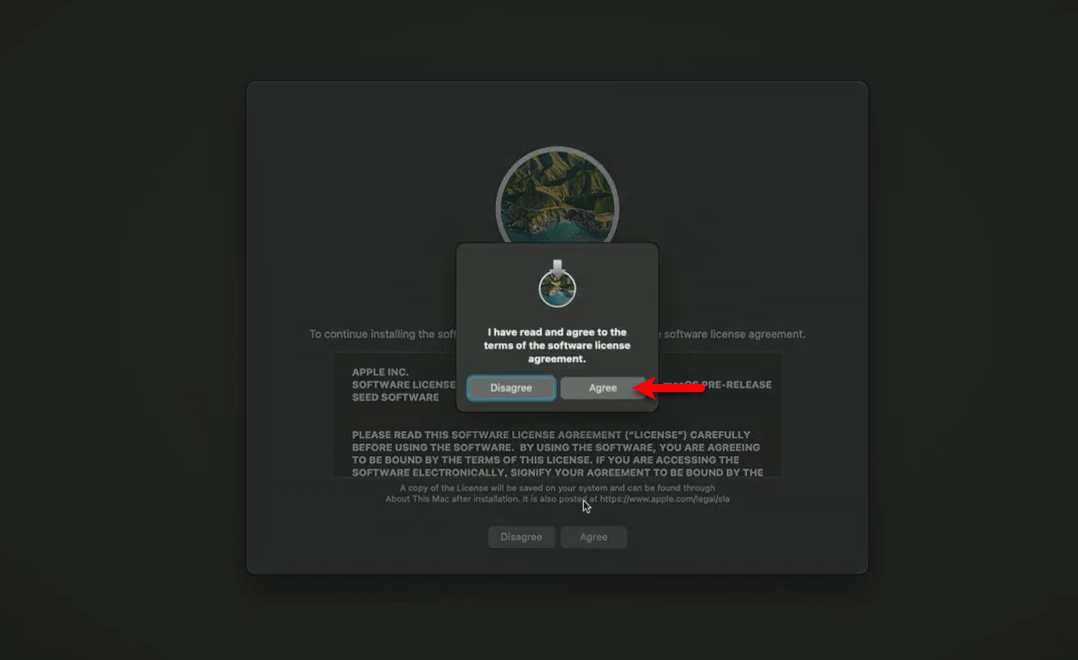
Now select the disk where you want to install macOS Big Sur and click Continue.
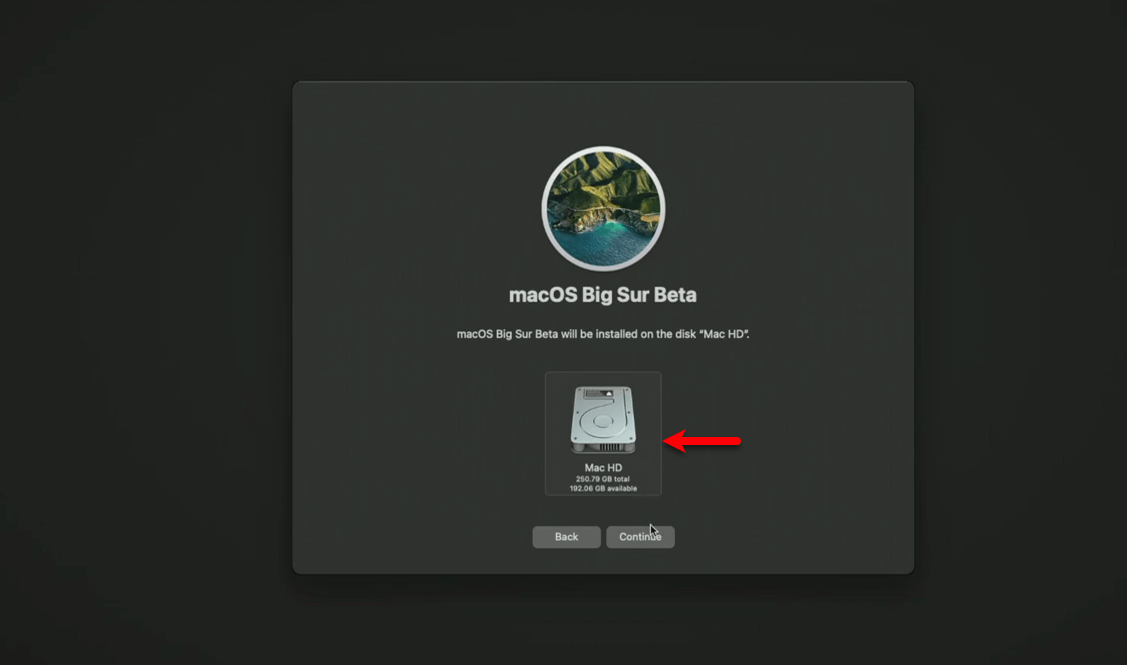
It starts reinstalling macOS Big Sur on your computer, therefore, it may take some time but also it depends on your computer speed performance.
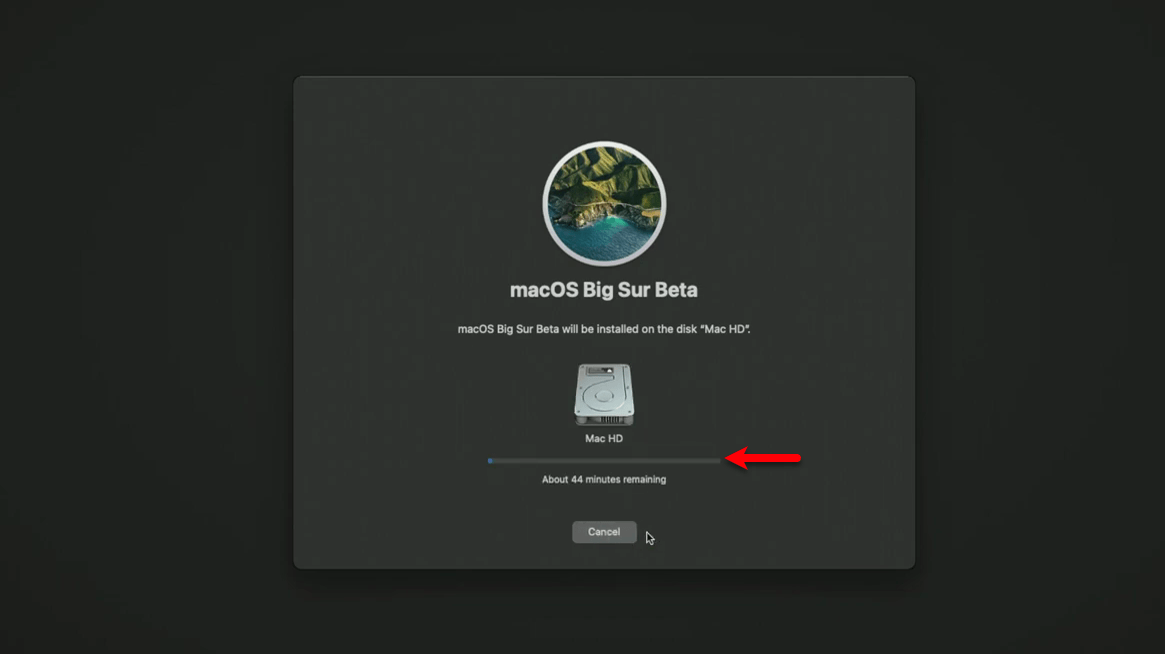
While the macOS Big Sur successfully installed on your Mac automatically your computer will restart. After that, complete your basic settings on macOS Big Sur, on the first window select your language and click continue.
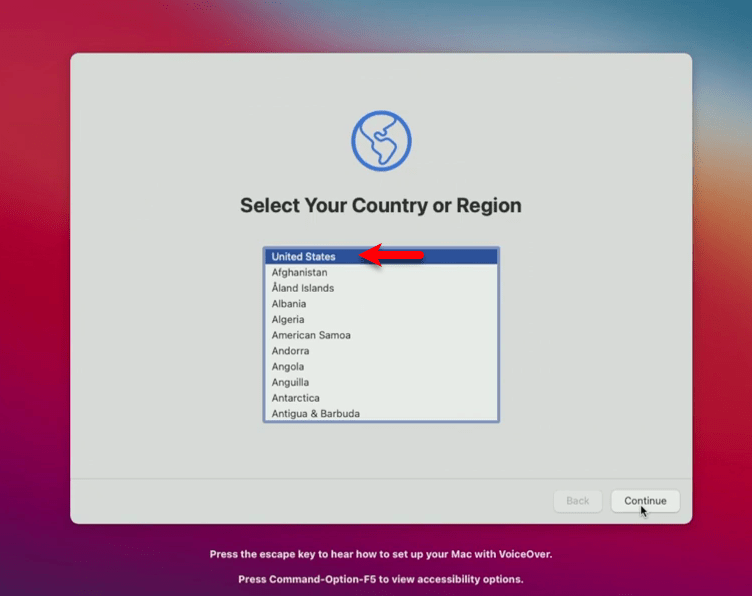
Select your theme for macOS Big Sur and click continue.
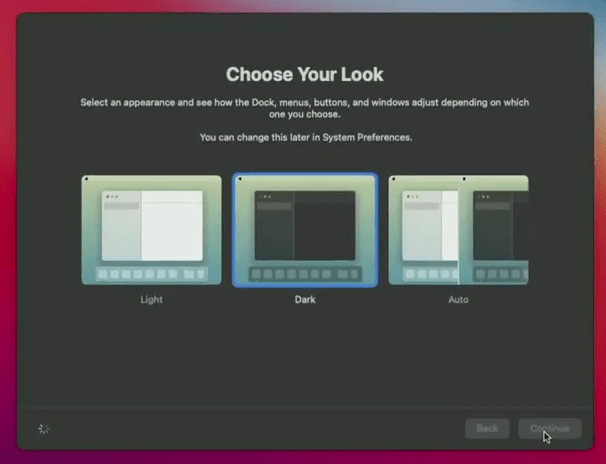
And here macOS Big Sur successfully reinstalled on your computer.
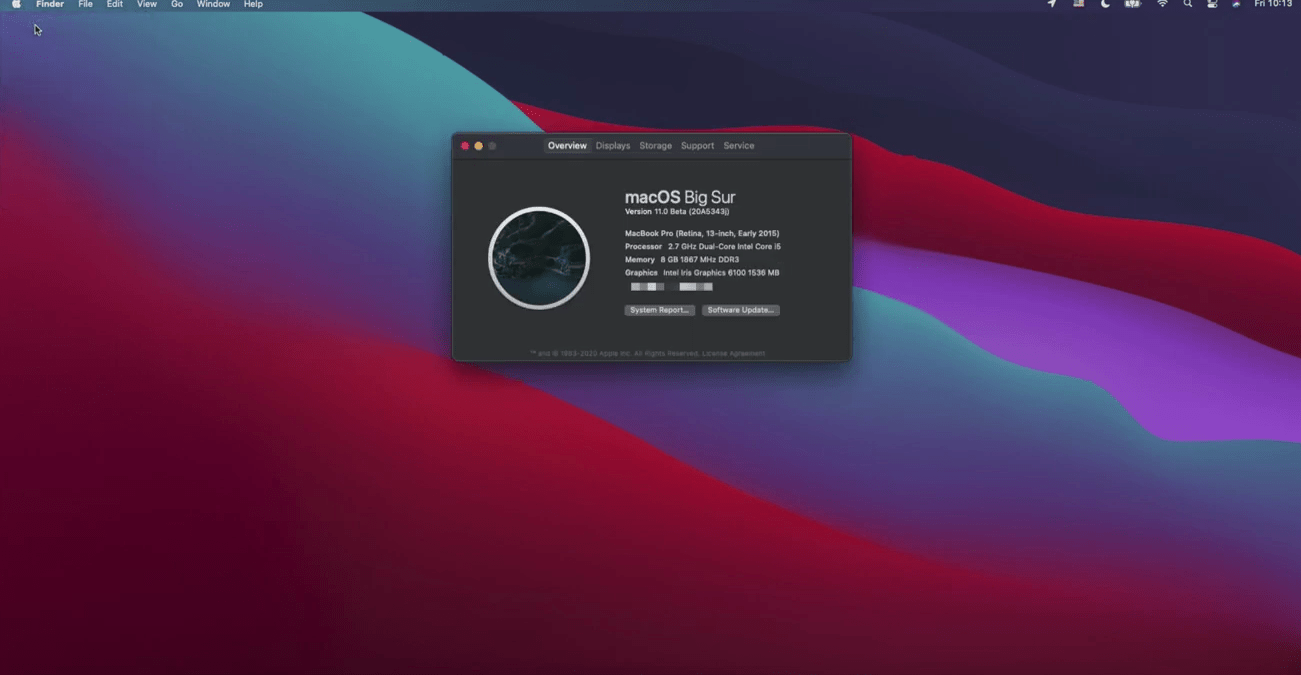
If you faced any kind of problem, feel free to share with us via the comment section.
Related:
